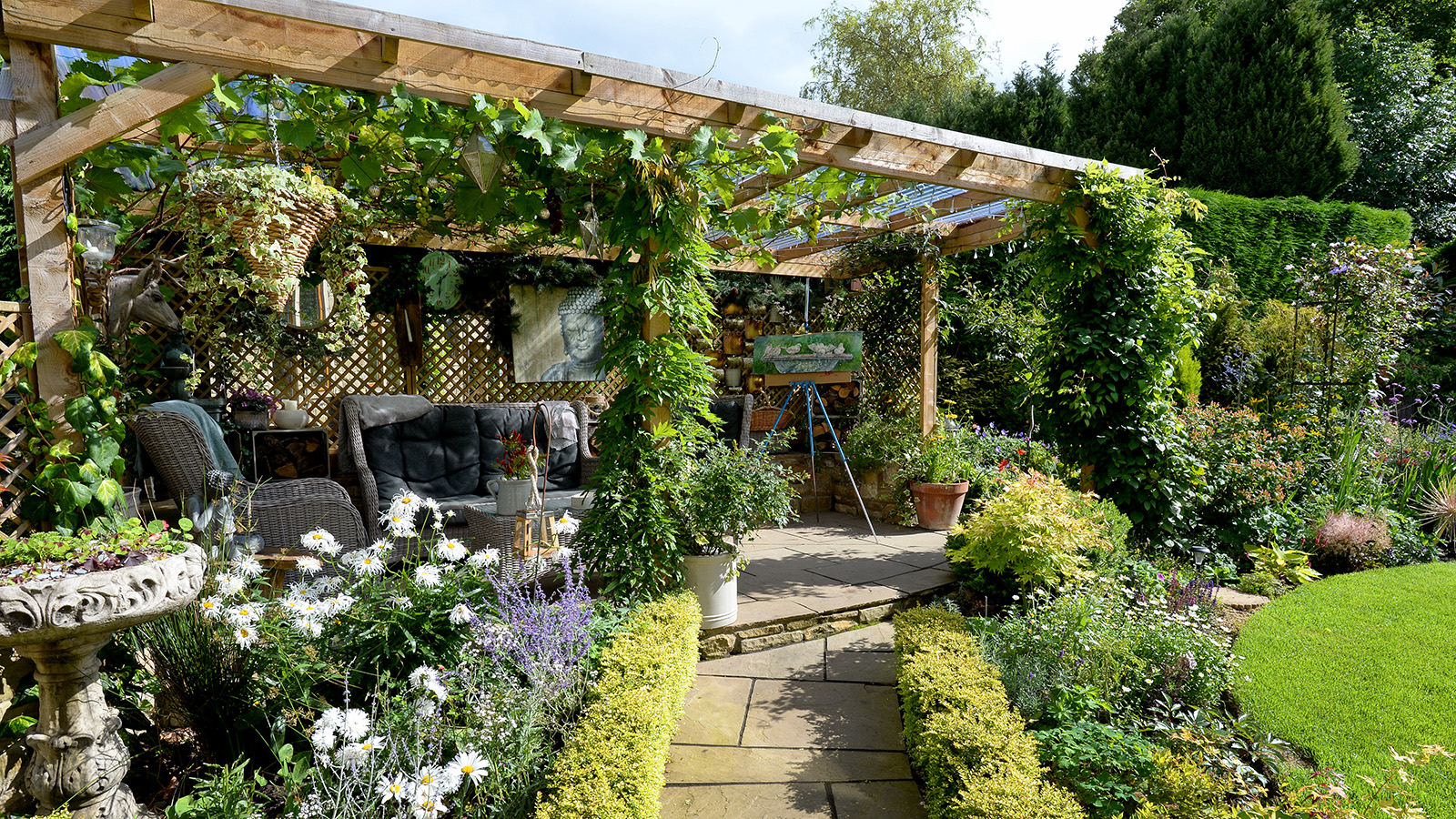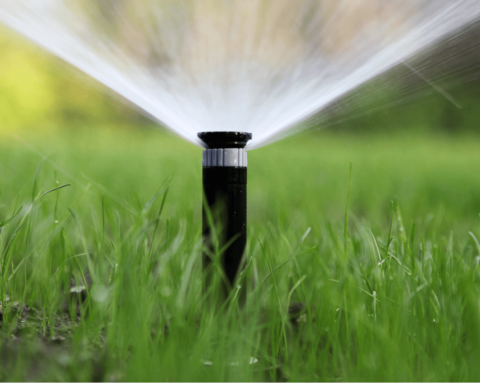A pergola can be an especially ornate feature in your garden and a lovely place to stay under shaded and comfortable conditions, evoking elegance and beauty. Imagine yourself just sitting and staying under verdant and beautiful canopies of vines, flower fragrances, and dappled sun filtering through leaves. That’s going to transform your outdoor space into your peaceful haven—a pergola with climbing plants.
This guide will help you in creating a pergola and choosing the best climbing plants in your garden. This is one great way to increase existing outdoor structures like many other Australia sheds that most homeowners use as extensions for storing some stuff or doing some work.
Getting Started: Designing Your Pergola
Before you begin building, it’s very important to plan out the design and location of your pergola.
Choose the Right Spot: A sunny location is ideal if you are growing climbing plants, but you might also like it to provide shade for a patio or seating area.
Consider the Size: Pergolas are as big or as small as you want them to be. Think about your garden size and the size of your other features you might have, and make sure everything blends together in harmony.
Select Your Preferred Materials: Wood, metal, and vinyl are the most common materials used to produce pergolas. Some people prefer choosing wood as it gives a natural look, but it has to be maintained regularly. A metal one is very strong and low on maintenance, while a vinyl one is light and easy to clean.
How to Construct Your Pergola
Building one is, surprisingly, quite a simple DIY if you have some basic woodworking knowledge. Here’s a very simplified breakdown to get you started:
- You will need posts, beams, rafters, screws, brackets, and concrete. You’ll be needing the right tools as well—the drill, saw, and level.
- Next would be setting up the posts. This is just the demarcation of the area for your pergola. The holes should be deep enough to support the structure and dig them too. Pour concrete into the holes to hold the posts firm.
- After having your posts ready, you attach the beams horizontally across the top. Attach them using brackets and screws for security.
- Install the rafters that will sit over beams. They go beyond the beams and would be running along beams. Place them evenly to balance things out.
- For the final touches, sand any rough edges and consider painting or staining the wood to seal it against the elements.
Best Climbing Plants for Your Pergola
After you have built your pergola, the time has come to put the finishing touches on your chosen climbing plants. Here are some of the best options:
- Wisteria: One reason wisteria is so marvellous on a pergola is that it climbs up the sides as its flowers cascade over the top. It will provide good shade and fragrance, making it perfect for a stress-relieving position outside your house.
- Clematis: This climbing plant exists in a variety of colours and is pretty easy to grow. It is a wonderful burst of colours that can be added to your pergola during the growing season.
- Jasmine It is a very fragrant blooming flower. If you desire a climber fast-growing and which would quickly cover your pergola with lush green leaves and white, delicate blooms, then jasmine should suit the bill.
- Grapevines: For a bit of a change, plant some grapevines. You’ll get the bonus shade of the vines, plus fresh grapes to snack on in late summer.
- Bougainvillaea: This bright, sun-loving flower does well in warm climates. It has very prolific flower production and can blanket an arbour in no time with fast-growing vines.
Tips on Maintaining Your Pergola and Plants
Once you have built the pergola, the structure plus your climbing plants are the real landscaping. To maintain the look, you have to care for both the structure and the plants. You should keep them by pruning regularly; climbing plants grow very fast, and you are assured to get lots of overgrown growth if you do not prune periodically. Trimming also encourages healthy growth and blooms.
When you go for a wooden pergola, you can seal or stain it to save it from natural calamities. This will prevent wood from rotting and will give your structure additional years of life. Most of the climbing plants require constant watering, especially when they are in their root development phase for the first year. Be very conscious of how much water each needs according to the species.
Building a pergola with climbing plants should be the best approach to enhancing the beauty and functionality of your garden. It forms a shaded haven that you can use for rest, entertainment, or simply to be outdoors.
Keep an eye for more latest news & updates on Essential Tribune!








